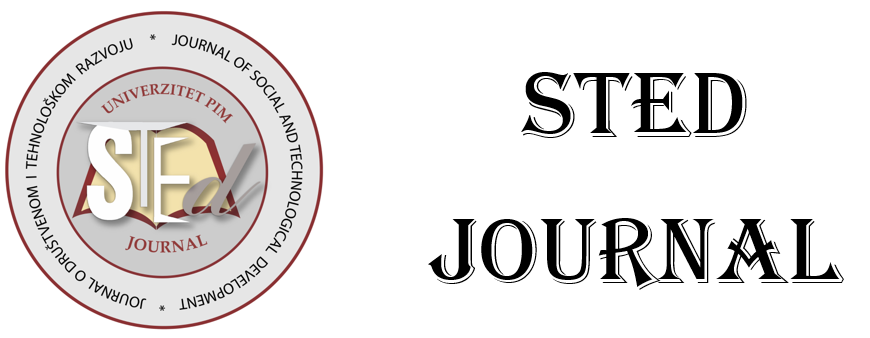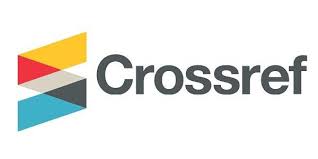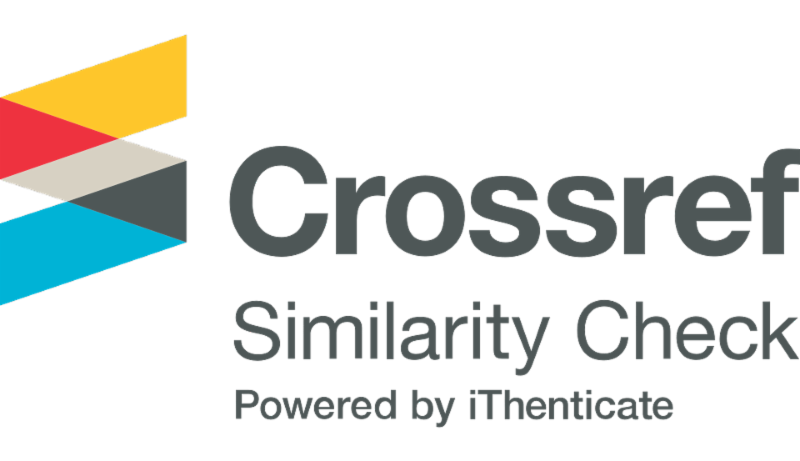
More articles from Volume 3, Issue 2, 2021
FABRICATION OF TEMPERATURE AND pH SENSITIVE BIOPOLYMER/CLAY BIOCOMPOSITE AS DRUG CARRIER FOR RANITIDINE – HCl
INFLUENCE OF SOCIO-DEMOGRAPHIC FACTORS ON MOTIVATION FOR WORK
EARLY FAMILY INTERACTIONS IN CASE OF SEXUAL DELINQUENTS
BOSNIA AND HERZEGOVINA AND THE EUROPEAN UNION – STILL FAR AWAY FROM INTEGRATION
SPECIFICITY OF RADIO ENVIRONMENT, ITS POTENTIALS AND THE ISSUE OF SURVIVAL
Article views
CURRENT STATE OF USE OF THE CONCEPT OF CIRCULAR ECONOMY IN THE AUTOMOTIVE INDUSTRY IN SLOVAKIA
Slovak Centre of Scientific and Technical Information , Bratislava , Slovakia
Slovak Centre of Scientific and Technical Information , Bratislava , Slovakia
Slovak Centre of Scientific and Technical Information , Bratislava , Slovakia
Received: 22.08.2021.
Accepted: 16.11.2021. >>
Published: 29.11.2021.
Volume 3, Issue 2 (2021)
pp. 83-94;
Abstract
We understand circular economy as an economic system that aims to eliminate waste throughout an entire value chain – including manufacturing, production and use. Circular economy is also a way of rethinking our approach to waste and to every single stage of a products´ life cycle. Slovakia has been challenged recently to keep up with the changes the automotive industry is undergoing, including the green and digital transformation. The automotive industry producers have to accelerate innovations based on the required transition towards circular economy, an alternative to the unsustainable linear model of economy. The paper focuses on the principles of circular economy, demonstrated by the example of the Slovak automotive industry. The aim of this paper is to evaluate the current state of use of circular economy aspects in the automotive industry in Slovakia. We found out practical approaches of circular economy incorporated by Slovak automotive producers. In context of circular economy, Slovakia perceives prospective transition to automotive electrics industry, the introduction of new progressive technologies and sophisticated production.
Keywords
References
Citation
Copyright
All papers are licensed under a Creative Commons Attribution 4.0 International License.
Article metrics
The statements, opinions and data contained in the journal are solely those of the individual authors and contributors and not of the publisher and the editor(s). We stay neutral with regard to jurisdictional claims in published maps and institutional affiliations.











